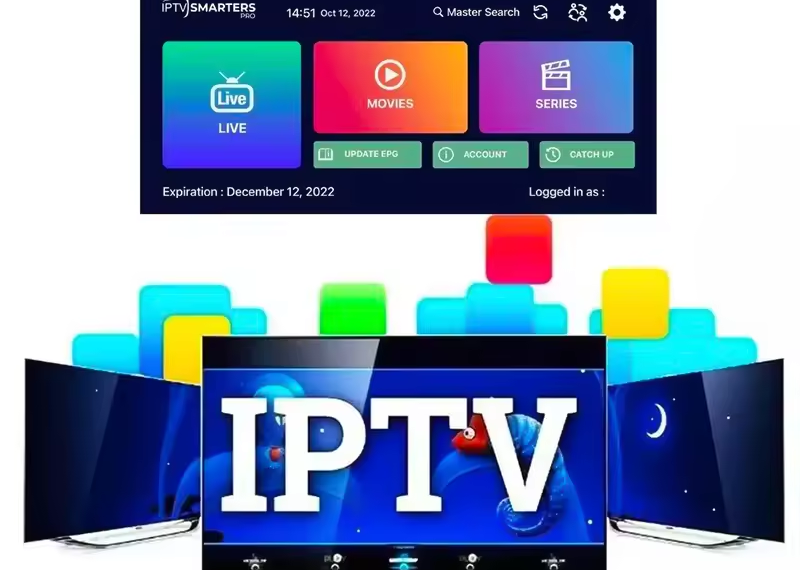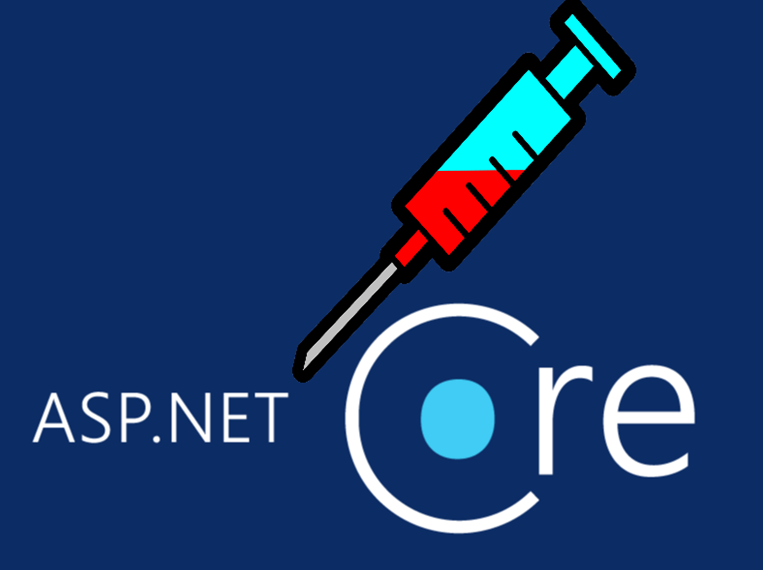The streaming revolution has transformed entertainment consumption, introducing various models to meet diverse viewer preferences. Among these, Ad-Supported Video on Demand (AVOD) has emerged as a significant force, offering free access to content while reshaping digital media’s business landscape. Unlike subscription-based services, AVOD relies on advertising revenue rather than direct payments from viewers. This article explores what is the AVOD meaning, how it functions, and why it is becoming a pivotal player in the streaming industry.
Understanding AVOD: The Basics
Ad-Supported Video on Demand (AVOD) is a streaming model that allows users to watch movies, TV shows, and other content for free, with advertisements integrated into the experience. It operates similarly to traditional television, where ads finance programming, but with the added flexibility of on-demand access. Platforms like Pluto TV, Freevee (formerly IMDb TV), and Vudu’s free tier exemplify AVOD, offering extensive libraries without requiring a paid subscription.
AVOD’s foundation dates back to the early days of online video, when websites experimented with ad-supported content. Over time, the model evolved, incorporating advanced technology to improve ad targeting and user experience. Unlike Subscription Video on Demand (SVOD), which requires monthly fees, or Transactional Video on Demand (TVOD), where users pay per title, AVOD prioritizes affordability, making entertainment more accessible to wider audiences.
How AVOD Works
AVOD platforms function through a structured system that balances content availability, advertising, and user engagement. Here’s how the model operates:
- Content Acquisition: Platforms license movies, TV shows, and sometimes exclusive productions to build their libraries.
- Ad Placement: Advertisers purchase space for commercials, which are inserted before, during, or after content.
- Targeted Advertising: Viewer data, such as watch history and preferences, is analyzed to deliver personalized ads.
- Revenue Distribution: Advertising income funds the platform’s operational costs, including licensing and technology improvements.
Ads typically appear in short bursts, either as pre-roll (before content starts), mid-roll (during playback), or post-roll (after viewing). Unlike traditional TV, where commercial breaks can be lengthy, AVOD platforms often use shorter, more targeted ads to enhance viewer experience and engagement.
Why Viewers Are Turning to AVOD
AVOD appeals to a growing audience seeking alternatives to costly subscription-based services. Its benefits include:
- Free Access: No monthly fees make AVOD an attractive option for budget-conscious viewers.
- On-Demand Convenience: Users can watch content at their own pace, unlike linear television.
- Diverse Content Libraries: While AVOD may not always feature the latest blockbusters, it offers a mix of classic films, popular TV series, and niche programming.
Although AVOD requires viewers to watch ads, the interruptions are typically shorter than traditional television commercials. Some platforms also experiment with interactive or skippable ads to reduce disruption and improve engagement.
The Role of Advertisers in AVOD’s Growth
Advertisers are the financial backbone of AVOD, making free streaming possible. As traditional TV audiences decline, brands have shifted toward digital advertising, and AVOD provides a valuable opportunity to reach highly targeted demographics.
- Data-Driven Targeting: Unlike broadcast TV’s broad ad placements, AVOD platforms use algorithms to deliver ads tailored to individual viewers based on their interests and behavior.
- Engagement Opportunities: Features such as clickable ads and post-ad surveys allow brands to interact with audiences in ways traditional television cannot.
- Measurable Performance: Advertisers can track key metrics like impressions, engagement, and conversion rates, making AVOD an attractive investment.
This precise approach benefits both advertisers and viewers—brands connect with the right audiences, while users see more relevant ads that align with their interests.
Why AVOD Stands Out in the Streaming Industry
AVOD’s rise reflects broader trends in media consumption, including a growing demand for cost-effective alternatives to subscription-based services. It also influences competitors, with some SVOD platforms introducing ad-supported tiers to attract budget-conscious users. Hulu, for example, offers both ad-free and lower-cost, ad-supported plans, blending elements of AVOD and SVOD.
Beyond affordability, AVOD is significant because it democratizes content access. In regions where subscription costs are prohibitive, AVOD provides an entry point to digital entertainment. Its scalability, supported by advancements in ad technology and mobile optimization, ensures it remains relevant as viewing habits continue to evolve.














